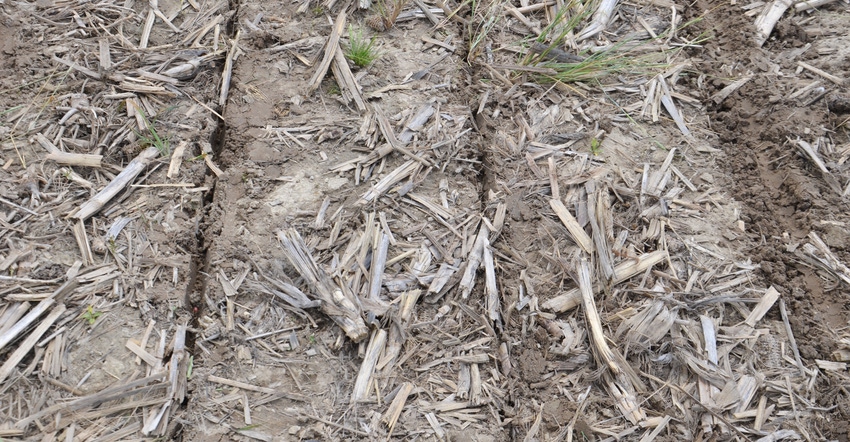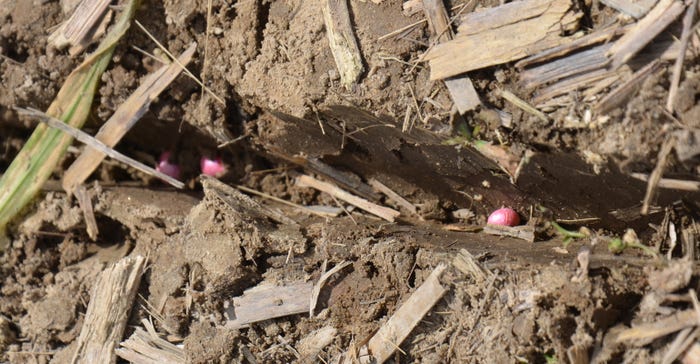
The 2019 planting season provided plenty of lessons in what not to do. But in a year like this, sometimes there just isn’t any other choice. As a result, some soybean fields were planted in soil that contained more moisture than desirable. Seed trenches didn’t always close, no matter what type of closing wheel setup you had on your drill or planter.
Various companies have tested different closing wheel arrangements to see how they perform in wet conditions. Beck’s has tried several over the past few years in its Practical Farm Research trials. Some years researchers have equipped a planter with a different style of closing wheel on each row, and then compared the results at the end of the season. The trials were often in corn, but soybeans can be affected too. In some years, one style of closing wheel would perform better than others. Then in another year, a different style of wheel from some other company would produce the best results.
“Nothing works really well when it’s just too wet, and that’s what we faced in many situations this year,” says Steve Gauck, Beck’s sales agronomist based in Greensburg, Ind. Beck’s sponsors Soybean Watch ’19.
Soybean Watch stand
Initial counts less than two weeks after planting the Soybean Watch field put average stand count at just under 100,000 plants per acre for one variety, and around 120,000 for the other variety in the field. The difference was likely related to the fact that one variety was treated with only Ilevo, meant to protect against sudden death syndrome, while the other was treated with Ilevo plus fungicides and insecticides. The better stand was in the part of the field planted to the variety with the full seed treatment.
In this case, open seed trenches may not have been a big factor. The field was planted with a John Deere 750 no-till drill. Known as a heavy no-till drill with good cutting power to place seed at the proper depth, those row units can slice and leave a seed trench open or partially open if the soil is too moist. However, when the Soybean Watch ’19 field was planted, it hadn’t rained for several days. The soil was in good condition, and seed trenches closed well in most of the field, the operator notes.
The photos accompanying this story were taken in a different field, planted only a couple of days after a rain, and with a split-row planter.

WIDE OPEN: When you can see soybeans in the trench without moving soil first, you know closing wheels couldn’t operate properly.

The stands in several soybean fields were so poor, they were replanted. Others were left because it was so late by the time they could be replanted, either the farmer questioned if beans planted that late would be an advantage, or he had other higher-priority tasks to take care of. You know it’s a bad year when replanting a poor stand slides down the list of most important things to do.
Planting too wet led to some replanting decisions, while planting on what turned out to be the wrong day before a rain also played a role.
“It’s just been a challenging year so far,” Gauck concludes.
About the Author(s)
You May Also Like




